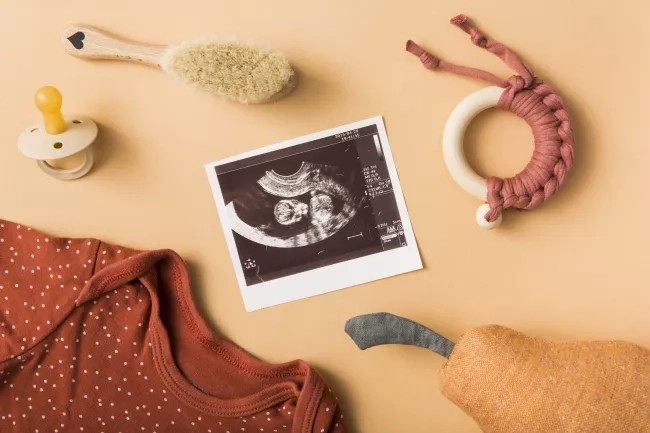Antenatal screening tests for chromosomal abnormalities
By Dr. Loke Kah Leong
MBBS (S'pore), MMed (O&G), MRCOG (UK), FAMS (S'pore), FICS (USA), FRCOG (UK)

There are a few screening tests for chromosomal abnormalities that are available and are offered to all pregnant women in the late first trimester or early second trimester. These include the nuchal translucency (NT) scan, the NT combined with a maternal blood test, commonly known as the OSCAR test or maternal serum screening test (e.g., Triple Test).
Screening tests are all non-invasive and there is no risk of causing miscarriage. Since the chance of chromosomal problems goes up as a woman gets older, screening tests are even more important now that more women are having babies later in life.

Nuchal translucency (NT)

The NT test involves a detailed ultrasound scan of the baby at 11–14 weeks of gestation, and the fluid collection behind the baby’s neck is measured. A thickened NT beyond normal thickness is associated with chromosomal abnormalities, Down’s syndrome being the most common, although Edwards’s syndrome and Patau’s syndrome are also screened. The normal thickens is usually less than 2.5mm.
A risk estimate can be obtained by the foetal NT value, maternal age, and the crown-rump length of the fetus. The accuracy of the NT test alone is about 80%.
OSCAR
The OSCAR test involves the NT test plus a sample of the mother’s blood, which is analysed for levels of free beta hCG and PAPP-A (pregnancy associated plasma protein A). The combined data will give a risk estimate of Down syndrome with an accuracy of 90% which is superior to that NT alone (80%)
Maternal serum screening
The maternal serum screening test is done between 15–20 weeks of gestation and this measures certain hormones in the blood to determine risk. The triple test measures three hormones called alpha-fetoprotein, human chorionic gonadotrophin, and oestriol, and a risk value is calculated according to maternal age and the gestational age of the fetus at that time.
As its accuracy is only 65%, this test is less commonly done nowadays. Furthermore, it has to be done later from 15 weeks onwards compared to NT and OSCAR, which can be done from 11 weeks onwards.
Interpretation of the results

The result of the screening test will give you a numerical risk value, which tells you if your fetus belongs to a low-risk or a high-risk group. Screening tests are not diagnostic tests and cannot tell you if your baby has Down’s syndrome.
A result of 1 in 300 means that one in 300 women will have an affected baby. Similarly, it also means that 299 out of 300 women with these results will not have an affected baby.
From a medical standpoint, the cut-off point between high and low risk is taken at 1:300. Therefore, 1:50 would be considered high risk and 1:1000 would be low risk. It is important to understand clearly that the results of screening tests represent risks.
Even if the risk is low, there is still a chance that the baby could have Down's syndrome or another abnormality. Conversely, a high-risk result does not mean the fetus is affected and further diagnostic invasive tests (e.g., chorionic villus sampling or amniocentesis) must be done.
Invasive tests obtain cell samples from the foetus, and the results will be able to confirm if the baby is affected by Down’s syndrome. The risk of miscarriage related to the procedure is 0.5%. A normal result would undoubtedly give the parents peace of mind, whereas an abnormal result would give the parents the option of continuing the pregnancy or terminating it.
Recent Blog Posts
- 01 Aug 2025
- 02 Jun 2025
- 28 Mar 2025
- 10 Nov 2023
- 19 Oct 2022
